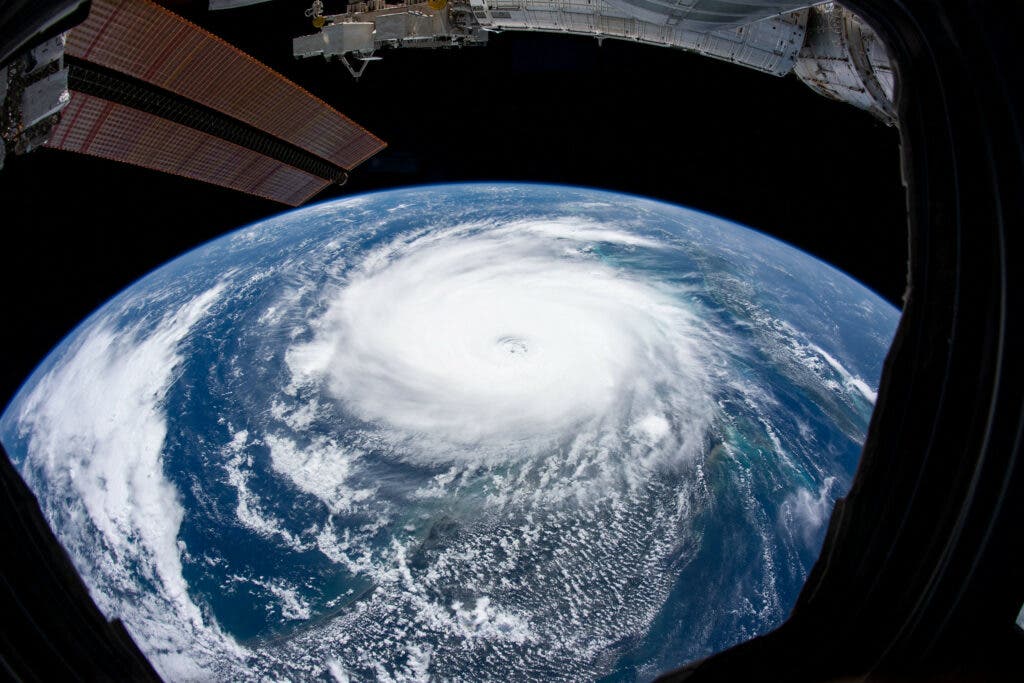Extreme weather events, from tornados to floods, are one of the most visible consequences of the climate crisis, triggering social and economic consequences around the world. However, many of these can be prevented if there’s an early warning system in place. The UN says we could have early warning systems to cover the entire planet within five years.

Within five years, everyone should be protected by an early warning system from extreme weather events — that’s the target set by the UN and the World Meteorological Organization (WMO). A plan on how this can be achieved should be ready by November, but the two agencies estimate they will need about $1.5 billion for the task.
About a third of the global population isn’t covered now by early warning systems, according to UN estimations. The problem is much more severe in Africa, where 6 in 10 people lack such systems. UN Secretary-General Antonio Guterres said this is unacceptable, as humanity is now “in the danger zone” for a climate crisis that can soon get worse and will likely amplify the flooding problem.
“Each increment of global heating will further increase the frequency and intensity of extreme weather events,” Guterres said in a recorded statement for World Meteorological Day. “We must invest equally in adaptation and resilience. That includes the information that allows us to anticipate storms, heatwaves and floods.”
What is an early warning system?
In a nutshell, an early warning system for storms, floods, heatwaves, and droughts is an integrated system that allows people to know in advance when hazardous weather is on its way. It informs how communities, individuals, and governments can act to reduce the impacts by monitoring real-time atmospheric conditions on land and at sea.
Early warning systems save lives.
This #WorldMetDay, I’m proud to announce that the @UN will lead new action to ensure every person on Earth is protected by early warning systems within five years.
We must boost the power of prediction for everyone. pic.twitter.com/oeJ39t09PL
— António Guterres (@antonioguterres) March 23, 2022
The objective is to better understand what kind of risks a climate event could bring to an area that will be affected. Early warning systems have to included response plans to minimize anticipated impacts, as well as lessons learned from past events to keep improving responses ahead of future weather and related environmental hazards.
Early warning systems save lives and assets worth at least ten times their cost. A report from 2019 showed that just 24 hours warning of a coming storm or heatwave can cut the ensuing damage by 30%, and spending $800 million on such systems in developing countries would avoid losses of $3–16 billion per year. That’s how important they are.
Bangladesh, one of the world’s poorest countries, is mentioned in the report as an example of how early warning systems can save lives. In 1970, a cyclone killed about 500,000 people. This triggered a heavy investment in warning systems and cyclone shelters. When another major cyclone (called Amphan) came in 2020, it killed 26 people — far less.
“Besides very critical mitigation it is growingly important to invest in climate adaptation. One of the highest returns of investments is reached by improving the weather, water, and climate early warning services and related observing infrastructures,” WMO Secretary-General Petteri Taalas said in a statement.
The growing climate threats
Better warning systems can ensure fewer people are affected, but now the scale of implementation depends on where you live. In the US, the impacts of Hurricane Ida were largely reduced thanks to early warning systems. Meanwhile, in Southern Africa, Cyclone Idai left around a thousand people dead as warnings weren’t effective.
Between 1970 and 2019, 79% of disasters worldwide involved weather, water, and climate-related hazards, according to the WMO. The situation is particularly acute in small island developing states, which have lost $153 billion since 1970 due to weather, climate- and water-related hazards – a lot considering their average GDP is $13 billion.
The UN has now asked the WMO to better develop these early notifications of extreme events so they can cover everyone on the planet. The largest need is in the Caribbean, parts of Central and West Africa, and in small islands in the Pacific. The technology will allow them to better monitor the weather, preventing a catastrophe.
Making sure the population is covered by these systems will be expensive, but the UN hopes to raise the money from the World Bank and other multilateral development banks and from development aid from rich countries. They are also looking for contributions from the private sector, such as tech companies with data expertise.
Speaking with journalists, a UN official said while this “won’t be easy” the money is just a fraction of the $14 trillion mobilized by G20 countries to get their economies back on track after Covid-19. Guterres asked the WMO to have a plan ready on how to achieve this target on the next UN climate summit, COP27, to be held in November.



